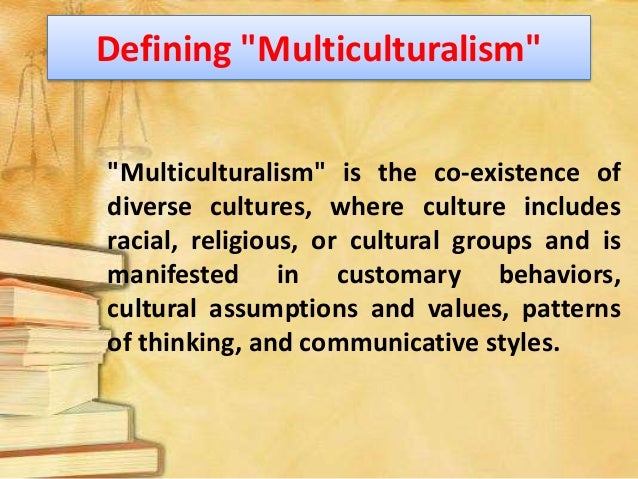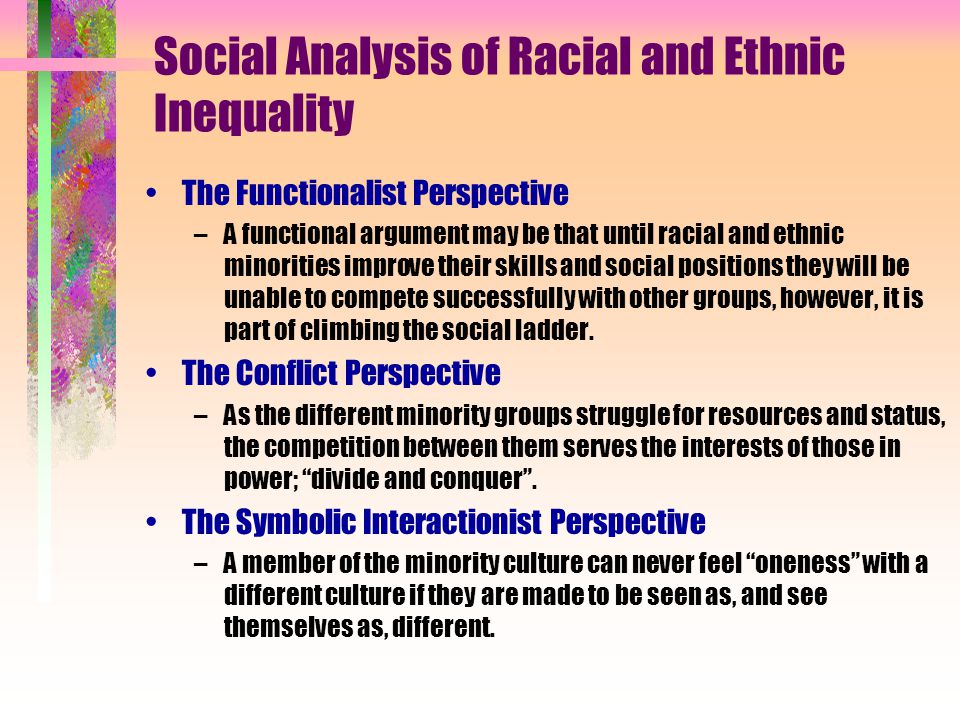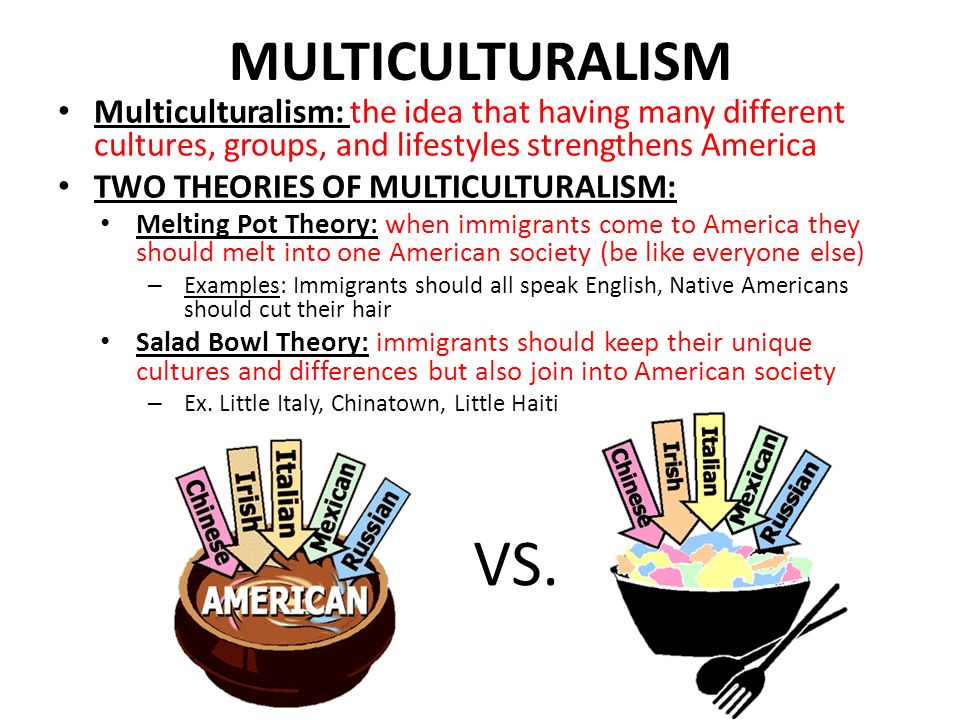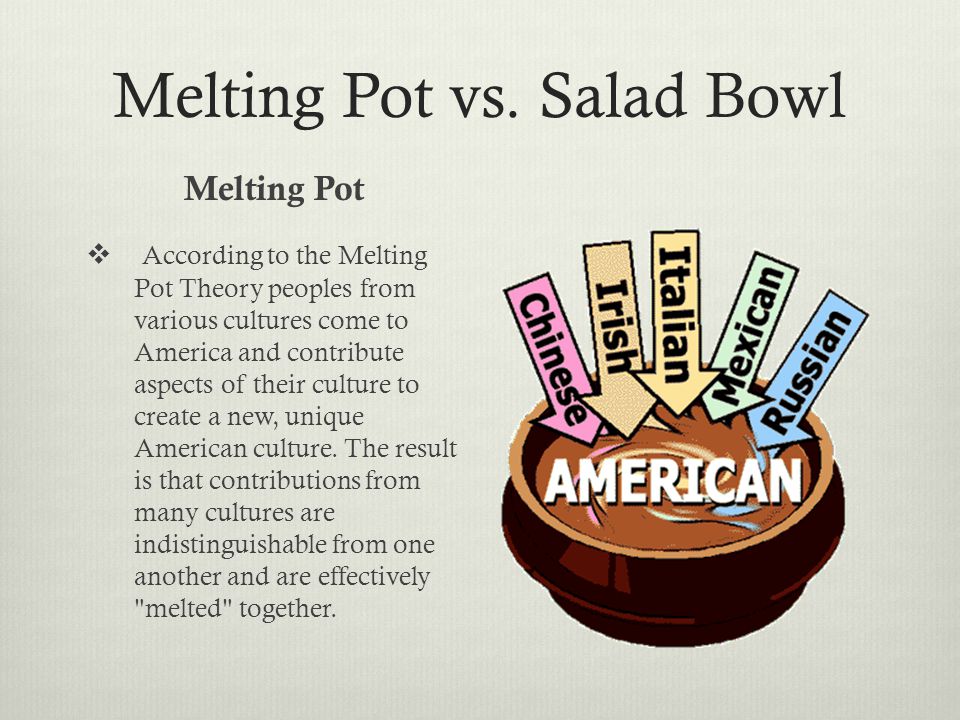George Floyd Murder & Multiculturalism from Sociological Perspective
Relevance: Sociology: Paper I: Politics and Society: Protest, agitation, social movements, collective action, revolution & Sociology Paper II: Challenges of Social Transformation: Ethnic conflicts, communalism, religious revivalism. & G.S paper I: Society and Social Issues
CONTEXT

George Floyd, 46, was arrested in the city of Minneapolis on 25 May for allegedly using counterfeit money to buy a pack of cigarettes. He died after a white police officer kneeled on his neck for nearly nine minutes, while he pleaded that he could not breathe.

In sociology, multiculturalism describes the manner in which a given society deals with cultural diversity. Based on the underlying assumption that members of often very different cultures can coexist peacefully, multiculturalism expresses the view that society is enriched by preserving, respecting, and even encouraging cultural diversity. In the area of political philosophy, multiculturalism refers to the ways in which societies choose to formulate and implement official policies dealing with the equitable treatment of different cultures.
Key Takeaways: Multiculturalism
- Multiculturalism is the way in which a society deals with cultural diversity, both at the national and at the community level.
- Sociologically, multiculturalism assumes that society as a whole benefits from increased diversity through the harmonious coexistence of different cultures.
- Multiculturalism typically develops according to one of two theories: the “melting pot” theory or the “salad bowl” theory.
Multiculturalism can take place on a nationwide scale or within a nation’s communities. It may occur either naturally through immigration, or artificially when jurisdictions of different cultures are combined through legislative decree, as in the case of French and English Canada.
Proponents of multiculturalism believe that people should retain at least some features of their traditional cultures. Opponents say that multiculturalism threatens the social order by diminishing the identity and influence of the predominant culture. While acknowledging that it is a socio-political issue, this article will focus on the sociological aspects of multiculturalism.
Multiculturalism situation can be understood by looking at different sociological perspectives. Functionalist approach state that society is made up of distinct but vital parts, and all these parts must be filled for the society to function properly.
Functionalists recognize the role of Multiculturalism in creating a stable and flourishing Canada. In this view, Multiculturalism is perceived as a conflict management device which fosters harmony in society by making both the majority and minority comfortable with each other. For functionalist, consensus, cooperation and control are the keys to a successful society. To achieve this all members of the society must internalize core ideals and values. The preferred method for doing this is assimilation or integration and within Canada mass-media is used to instill values and norms in each and every Canadian citizen. While a soft assimilation process is going on, ethno-cultural differences are de-politicized. As peoples belief change toward a more equitable and democratic society, public discourse resembles that of a more multicultural and living with differences society.

To a Conflict theorist, multiculturalism is little more than a case of “ruling elites controlling the unruly ethnics.” It represents a conscious campaign set forth by the elites to secure approval in defense of the customary position of power, privilege, and property. As elites prefer to stay in power, a false consciousness develops within the society that camouflages the true source of oppression in society. Even if elites compromise a little to maintain their power, to the minorities that small amount becomes sufficient until next time as they never question why they cannot have the whole. Perception of assimilation is thrown out as minorities are able to achieve something back from the majorities.
Symbolic Interaction focuses on the interactions within the society. In this view, people define situations based on their own perception of Multiculturalism. The term Multiculturalism becomes the basis for interaction between different people with a different view point. Different faces of people intermingle to put out a truly multicultural lifestyle. None of the perspectives give a clear cut answer toward Multiculturalism in Canada; however, combined they show why multiculturalism is a concept that never means what it says and never says what it means.
Multiculturalism Theories

The two primary theories or models of multiculturalism as the manner in which different cultures are integrated into a single society are best defined by the metaphors commonly used to describe them—the “melting pot” and the “salad bowl” theories.
The Melting Pot Theory

The melting pot theory of multiculturalism assumes that various immigrant groups will tend to “melt together,” abandoning their individual cultures and eventually becoming fully assimilated into the predominant society. Typically used to describe the assimilation of immigrants into the United States, the melting pot theory is often illustrated by the metaphor of a foundry’s smelting pots in which the elements iron and carbon are melted together to create a single, stronger metal—steel. In 1782, French-American immigrant J. Hector St. John de Crevecoeur wrote that in America, “individuals of all nations are melted into a new race of men, whose labors and posterity will one day cause great changes in the world.”
The melting pot model has been criticized for reducing diversity, causing people to lose their traditions, and for having to be enforced through governmental policy. For example, the U.S. Indian Reorganization Act of 1934 forced the assimilation of nearly 350,000 Indians into American society without any regard for the diversity of Native American heritage and lifestyles.
The Salad Bowl Theory

A more liberal theory of multiculturalism than the melting pot, the salad bowl theory describes a heterogeneous society in which people coexist but retain at least some of the unique characteristics of their traditional culture. Like a salad’s ingredients, different cultures are brought together, but rather than coalescing into a single homogeneous culture, retain their own distinct flavors. In the United States, New York City, with its many unique ethnic communities like “Little India,” “Little Odessa,” and “Chinatown” is considered an example of a salad bowl society.
The salad bowl theory asserts that it is not necessary for people to give up their cultural heritage in order to be considered members of the dominant society. For example, African Americans do not need to stop observing Kwanzaa rather than Christmas in order to be considered “Americans.”
On the negative side, the cultural differences encouraged by the salad bowl model can divide a society resulting in prejudice and discrimination. In addition, critics point to a 2007 study conducted by American political scientist Robert Putnam showing that people living in salad bowl multicultural communities were less likely to vote or volunteer for community improvement projects.
Characteristics of a Multicultural Society

Multicultural societies are characterized by people of different races, ethnicities, and nationalities living together in the same community. In multicultural communities, people retain, pass down, celebrate, and share their unique cultural ways of life, languages, art, traditions, and behaviors.
The characteristics of multiculturalism often spread into the community’s public schools, where curricula are crafted to introduce young people to the qualities and benefits of cultural diversity. Though sometimes criticized as a form of “political correctness,” educational systems in multicultural societies stress the histories and traditions of minorities in classrooms and textbooks. A 2018 study conducted by the Pew Research Center found that the “post-millennial” generation of people ages 6 to 21 are the most diverse generation in American society.
Far from an exclusively American phenomenon, examples of multiculturalism are found worldwide. In Argentina, for example, newspaper articles, and radio and television programs are commonly presented in English, German, Italian, French, or Portuguese, as well as the country’s native Spanish. Indeed, Argentina’s constitution promotes immigration by recognizing the right of individuals to retain multiple citizenships from other countries.
As a key element of the country’s society, Canada adopted multiculturalism as official policy during the premiership of Pierre Trudeau in the 1970s and 1980s. In addition, the Canadian constitution, along with laws such as the Canadian Multiculturalism Act and the Broadcasting Act of 1991, recognize the importance of multicultural diversity. According to the Canadian Library and Archives, over 200,000 people—representing at least 26 different ethnocultural groups—immigrate to Canada every year.
Why Diversity Is Important
Multiculturalism is the key to achieving a high degree of cultural diversity. Diversity occurs when people of different races, nationalities, religions, ethnicities, and philosophies come together to form a community. A truly diverse society is one that recognizes and values the cultural differences in its people.
Proponents of cultural diversity argue that it makes humanity stronger and may, in fact, be vital to its long-term survival. In 2001, the General Conference of UNESCO took this position when it asserted in its Universal Declaration on Cultural Diversity that “…cultural diversity is as necessary for humankind as biodiversity is for nature.”
Today, entire countries, workplaces, and schools are increasingly made up of various cultural, racial, and ethnic groups. By recognizing and learning about these various group, communities build trust, respect, and understanding across all cultures.
Communities and organizations in all settings benefit from the different backgrounds, skills, experiences and new ways of thinking that come with cultural diversity.
For more such notes, Articles, News & Views Join our Telegram Channel.
Click the link below to see the details about the UPSC –Civils courses offered by Triumph IAS. https://triumphias.com/pages-all-courses.php

